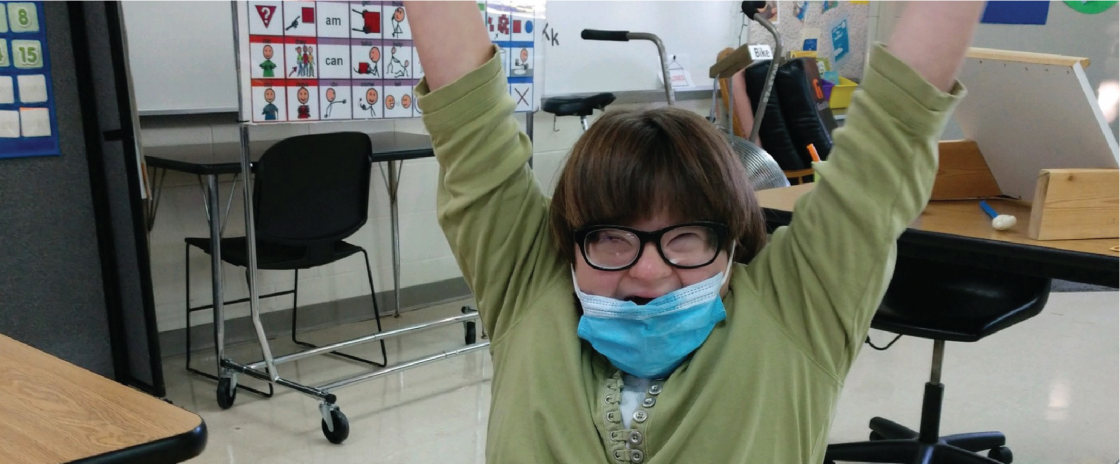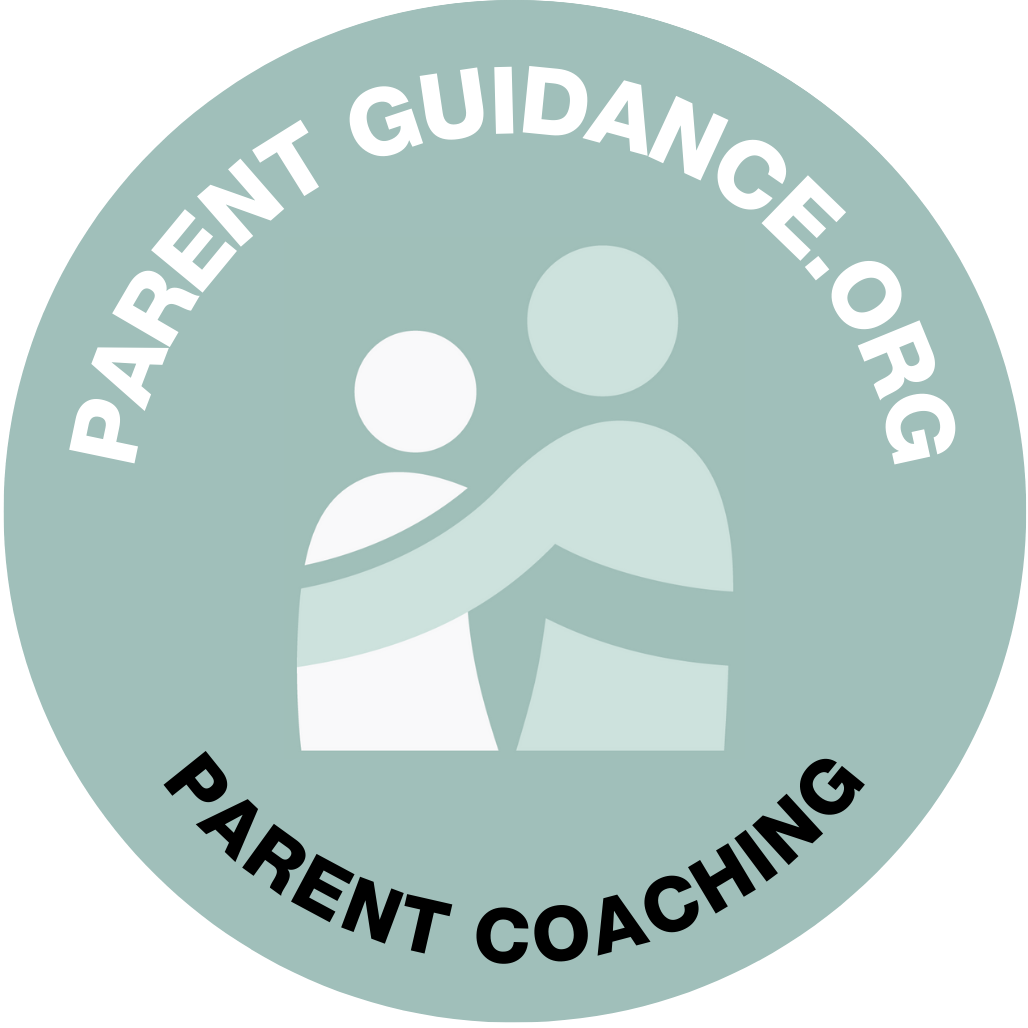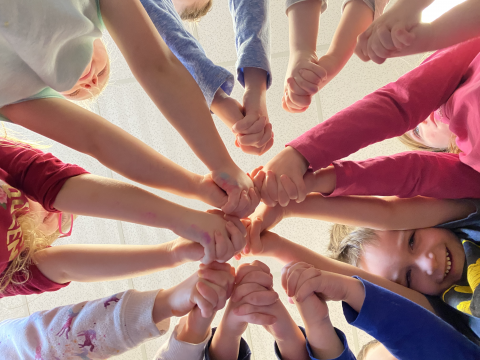What is Special Education?
Special education is a range of services and supports that help people with disabilities learn. It’s all about the individual child and giving them the resources they need to make progress in school.
These supports look different for each student. For example, some students may spend most of the day in a general education classroom. Others may spend an hour or two with a special education teacher. Some students may benefit from working with a speech and language pathologist. And others might need to attend a different program that specializes in supporting students with higher needs.

The Special Education
Process Explained
First Steps
If your child is having difficulty in school, it’s important to find out why, so your first step is to have a conversation with their teacher. Make a list of your feelings, concerns, and thoughts about how your child is doing in school.
Depending on where your child is struggling, we'll work alongside your child’s teacher to try making some adjustments in the classroom setting before referring your child for an evaluation.
Before a child can receive special education services, they need to be evaluated for a disability. To request an evaluation, don’t hesitate to get in touch with your school district’s director of special education or your child’s principal.
Identify Needs
After a request for evaluation, the school conducts an evaluation or provides notice that it will not conduct an evaluation (the notice will explain why the evaluation is not being conducted).
Evaluation Process
Our team of specialists will conduct a formal evaluation. The evaluation includes giving your child some tests, reviewing their school records, and observing them in their classroom.
After completing the evaluation, the team will summarize their findings and recommendations in a report.
Determine Eligibility
One of the main factors in determining your child’s eligibility is whether or not they have one or more of the disabilities listed in the Individual Disabilities Education Act.
Those disabilities are:
- Autism
- Deaf-blindness
- Deafness
- Emotional disturbance
- Traumatic brain injury
- Hearing impairment
- Visual impairment, including blindness
- Intellectual disability
- Multiple disabilities
- Orthopedic impairment
- Speech or language impairment
- Other health impairment (includes ADHD)
- Specific learning disability (includes dyslexia, dyscalculia, dysgraphia, and other learning differences)
However, having one of these disabilities doesn’t automatically qualify a child under IDEA. To be eligible, your student must:
- Have a disability and, as a result of that disability…
- Need special education to make progress in school
Develop an Individualized Education Program (IEP)
The IEP is a document developed by you and the school support team (the IEP team). It explains the specialized instruction, supports, and services kids need to make progress and thrive in school.
Learn more about IEPs from the Michigan Alliance for Families and the U.S. Department of Education.
Educational Setting
Children are placed in the least restrictive environment (LRE). A Least restrictive environment (LRE) means kids who get special education are in the same classrooms as other kids as much as possible.
Provide Specialized Instruction
Your child will receive instruction to best help them make progress toward educational goals based on their needs.
Measure Results
We keep track of how your child is doing with meeting their educational goals and objectives and review their progress with you at your child’s annual IEP meeting.
Review the IEP and Make Changes as Needed
The IEP team, including you, meets at least once per year to review the IEP. Together, you’ll consider your child’s progress and needs, and the team will make appropriate changes to the IEP.
Parents can also request an IEP at any time.
Special Education Key Words, Abbreviations & Terms
504 plan
A 504 plan is a blueprint for supporting a student with a disability by removing barriers. It gives the student equal access to learning in the general education classroom. Students with 504 plans tend not to need specialized instruction (special education).
Accommodation
An accommodation is a way of helping kids who learn and think differently succeed in school and addresses a specific challenge.
For example, a child with dyslexia may be allowed to use text-to-speech technology.
Even with accommodations, students are expected to learn the same content as their peers.
Annual Goals
Annual goals are the academic and everyday skills the IEP team thinks a student can achieve by the end of a school year.
These goals are geared toward helping students take part in the general education classroom.
Assistive Technology
Assistive Technology is a tool ― a device, a piece of equipment, or software ― that helps a student learn, communicate, and function better in school.
Assistive Technology tools can range from simple tools like highlighters to high-tech software, such as an app that reads text aloud.
Behavior Intervention Plan (BIP)
A Behavior Intervention Plan, or BIP, is a plan that is designed to teach and reinforce positive behavior.
Typically, the plan includes strategies to prevent and address behavior that gets in the way of learning. It may also have supports and aids for the student.
Disability
A disability is a condition recognized by the law. To qualify for an IEP, a student must have a disability that falls under one of the 13 categories listed in the Individuals with Disabilities Education Act (IDEA).
Many students who learn and think differently are eligible in one of 3 categories:
(1) specific learning disability;
(2) other health impairment; and
(3) speech or language impairment.
Individualized Education Plan
An Individualized Education Plan, or IEP, is the plan that explains the specialized instruction, supports, and services kids need to make progress and thrive in school.
Individuals with Disabilities Education Act (IDEA)
The Individuals with Disabilities Education Act (IDEA) is the nation’s special education law. IDEA is a federal law that guarantees all students with disabilities access to a free, appropriate public education.
Modification
A modification is a change in what a student is taught or expected to do in school.
For example, a student struggling with math challenges and who has not mastered addition may be allowed to continue working on addition while their classmates move on to subtraction.
Transition Plan
A transition plan is a part of the Individualized Education Plan (IEP) and lays out what a teen will learn and do in high school in order to thrive as a young adult.
The IEP team and the student develop the plan together before it kicks in at age 16.
The transition plan includes academic goals, life skills, and job training.



